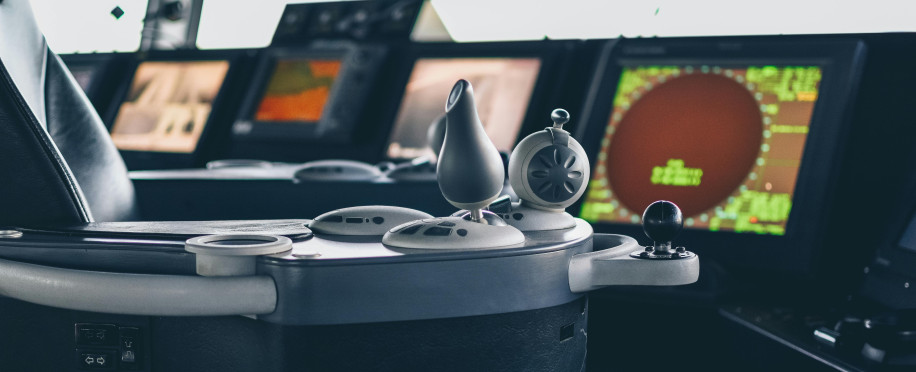Copyright © 2025 lmitac.com All Rights Reserved. Contact - Terms and Conditions - Privacy Policy - Quality Policy - Become an instructor - Vacancies - Sitemap
London Maritime Academy is a trade name for London Premier Groupversion: 2.9.0
London Maritime Academy is a trade name for London Premier Group

Posted on : 10/23/2024, 9:54:01 PM
Navigating the open waters poses numerous challenges, making it essential for every vessel to rely on an accurate and comprehensive nautical chart. These charts are a foundational tool for mariners, providing crucial information for safe ocean navigation and effective route planning.
In this article, we will explore the importance of nautical charts, their components, and how they contribute to maritime safety.
A Nautical chart is a specialised map created in a custom format that's specifically designed for marine navigation. Unlike standard maps, these hydrographic charts offer a representation of the features of water bodies (Lakes, oceans, rivers, etc).
A nautical chart offers detailed graphic information including depths, distances, currents, tides, and navigation aids. They are not only essential for experienced mariners but are also critical for recreational boaters, or anyone sailing at sea.
Accurate nautical charts are essential for several reasons:
The primary function of nautical charts is to enhance navigational safety and protect maritime risk management. By providing extensive details about navigational hazards, they help prevent accidents, making them indispensable tools for all vessels.
Nautical charts facilitate route planning, allowing mariners to choose the safest and most efficient paths. This not only saves fuel and time but also minimises the environmental impact of maritime activities.
Many maritime regulations require vessels to carry up-to-date nautical charts. Compliance helps protect both the vessel and the crew from legal repercussions resulting from navigational mishaps.
Having a nautical chart is an essential part of sailing, not only is it important for charting, but depending on the information on a nautical chart, ships might change their whole route. What kind of information do these charts display? well, these include:

To fully leverage the information provided by nautical charts, a navigator must possess a selection of solid navigation skills. The best maritime safety courses in London are the ones that offer a wholesome approach to nautical chart training.
These courses cover everything from reading and interpreting charts to understanding maritime regulations, ensuring that participants can navigate confidently and safely.
So you’re down for some nautical chart geeking, here’s a few last tips:
Nautical charts can change due to natural changes (like the weather) and human factors. Always use the latest editions to ensure accurate navigational information of the earth and waterways around you, you can find these new updates online through publications of official websites. Make sure you conduct regular checkups on your geographic mapping charts.
While electronic navigation tools provide functionality and convenience, they should be used in conjunction with printed or paper nautical charts as a backup. Always keep a waterproof print of your digital chart (perhaps on a wall in your office) to ensure redundancy in case of technological failures while you're offshore.
Navigating a nautical chart requires expertise. Always assess your experience level and the vessel's capabilities when planning a route. Use nautical charts to identify areas where you may need additional support or training,
If you want to find an easily accessible nautical chart, Openseamap is an easy tool where you can navigate a wide range of real-time information in an interactive viewer. One other example of online nautical charts is NOAA.
In summary, nautical charts are an integral part of maritime navigation, providing essential details for safe and effective passage planning. By understanding their components and maintaining awareness of current navigation best practices, mariners can significantly improve their safety on the water.